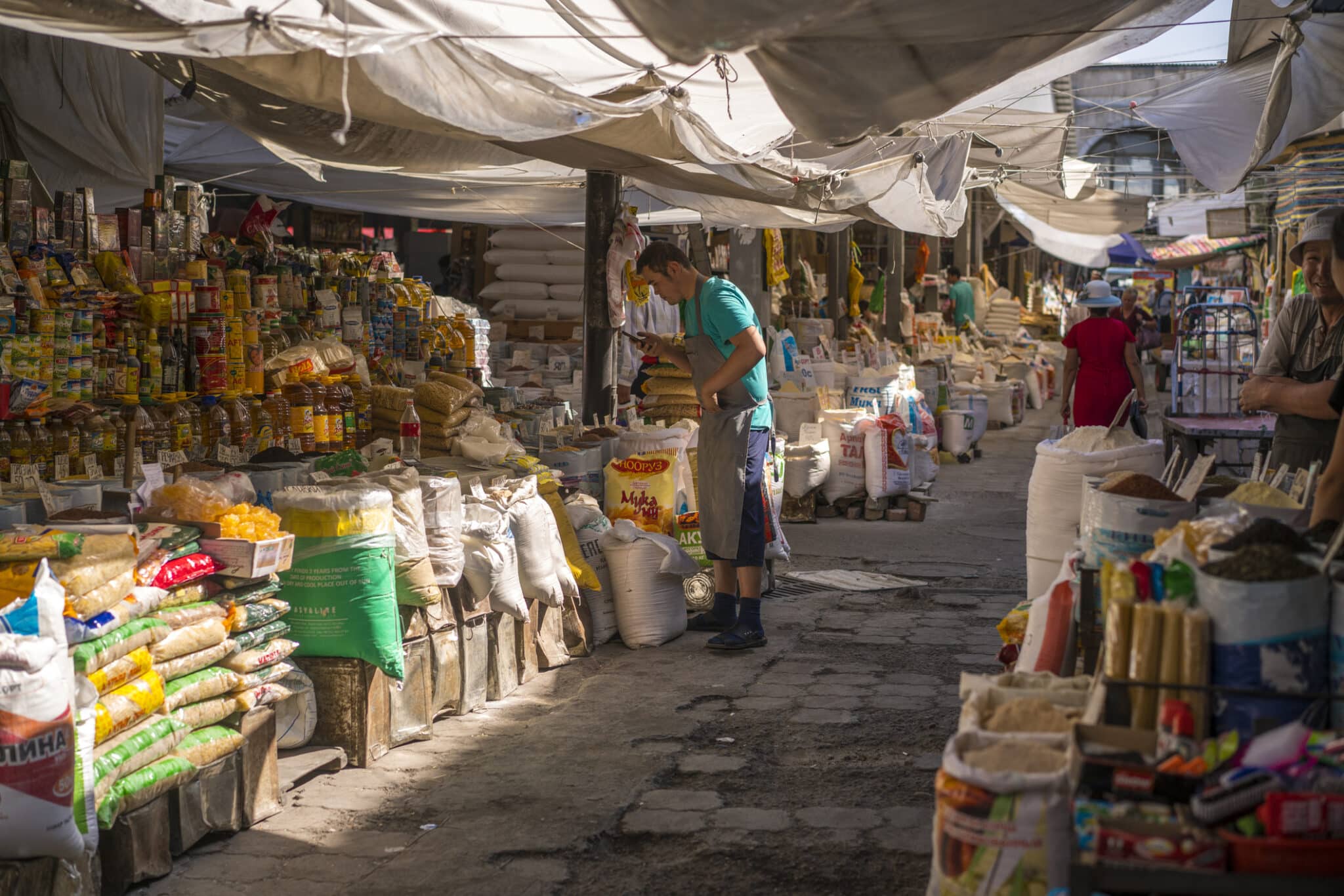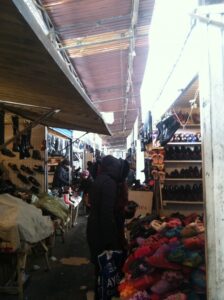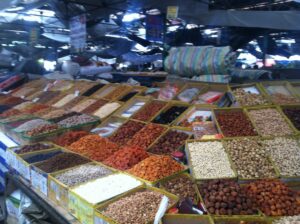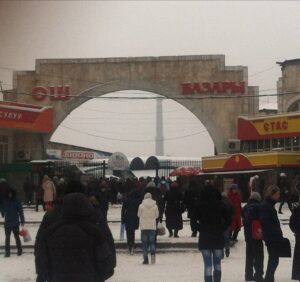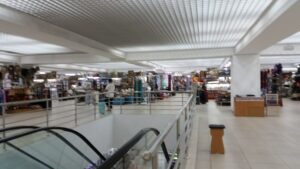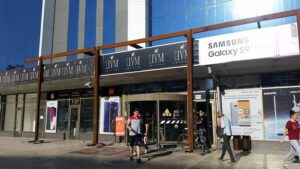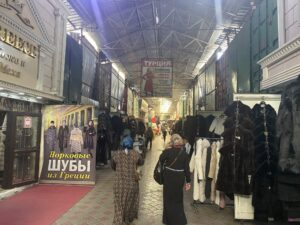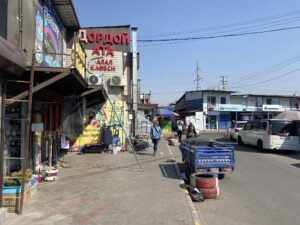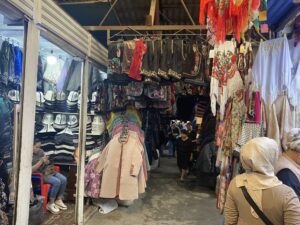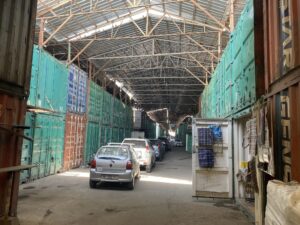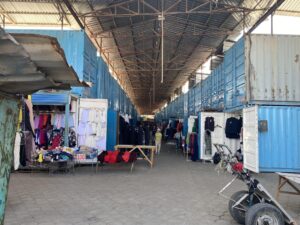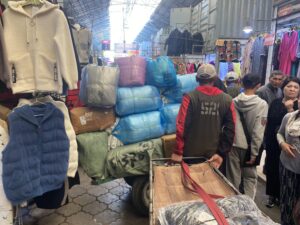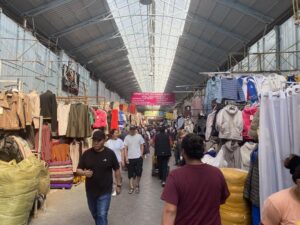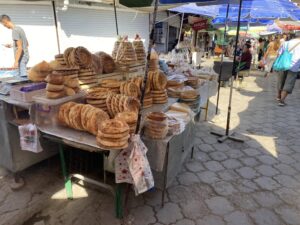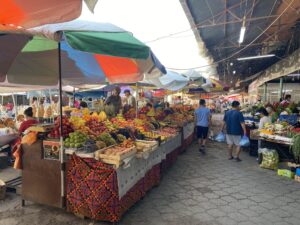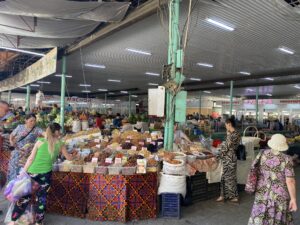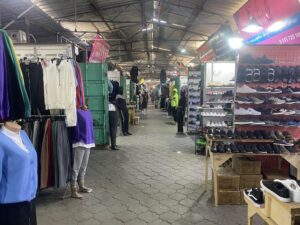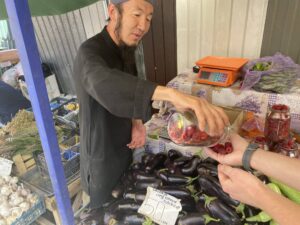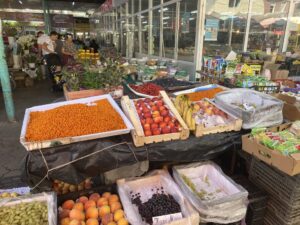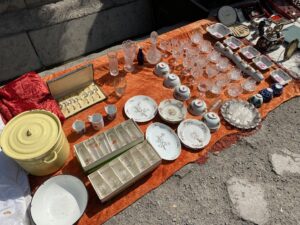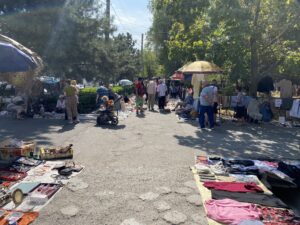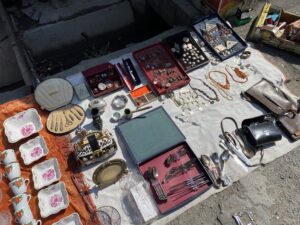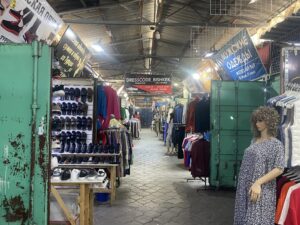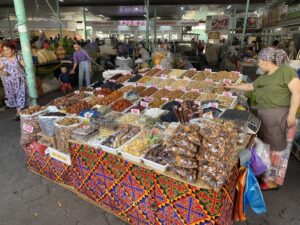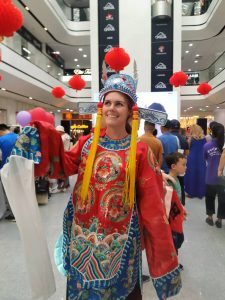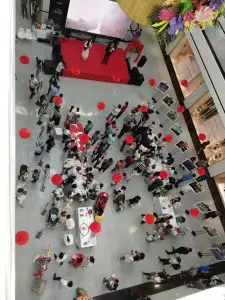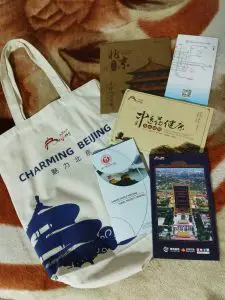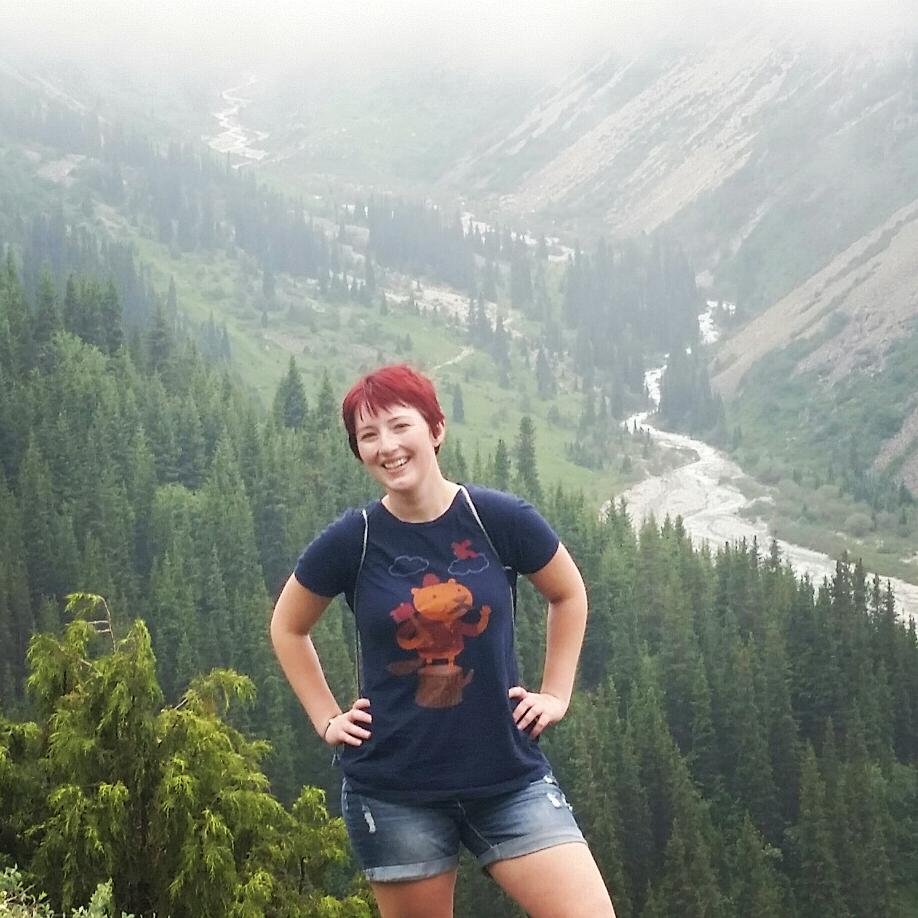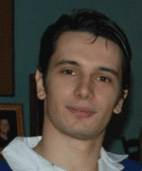Bishkek brims with shopping outlets. From large shopping malls to tiny kiosks and its traditional bazaars, from antiques to the latest fashions, this guide hopes to introduce you to some of the best opportunities that students on SRAS programs in Bishkek have found!
This resource is part of the much larger SRAS Guide to Living in Bishkek.
General Directory
Groceries
General Shopping: You can get most things you’ll need at Frunze, a large grocery store on the first floor of Vefa Shopping Center. Globus (many locations all over town) or Alma in TsUM have the largest selection of food in western style supermarket formats. For a discount store, try Narodniy or Fix Price.
Specialty Shopping: Berlin specializes in imports from Europe and the US (think Tabasco sauce, European beers, ranch dressing). For vegetarian and health foods, try Ecoland (just across the street from London School) or Goin, a Chinese market where you can buy tofu, soy sauce, produce, and lots of loose-leaf teas. Tofu is also readily available at most bazaars and other helpful items like affordable dairy-free milk can be found at Globus, Alma, or 7 Дней. For any other tips on eating and shopping meat-free in Bishkek, check here.
Malls and Bazaars
See our Packing Guide for things you should bring with you.
For higher-end clothing and shoes, try boutiques nestled into the colonnade near Ala-Too square. In addition to Vefa Shopping Center and TsUM, you might also try Karavan for shopping malls. Asia Mall is also a new, westernized mall with a luxury Frunze grocery store on the bottom floor and many nicer shops above. Dordoi Plaza is a fairly new and upscale mall.
The bazaars are favorites of the locals for having generally higher quality products at lower prices. They tend to offer just about everything – from fresh produce and meat to electronics, clothing, and construction materials. They are also considerably removed from what most westerners are used to in terms of consumer culture and thus make for unique cultural experiences for students as well.
If you want to hone your bargaining skills, head to Osh Bazaar or Orto-Sai Bazaar which offer a whole bunch of things: clothes, shoes, cheap plastic goods, DVDs that may or may not be pirated, and souvenirs. Dordoi Bazaar is another option – and is Central Asia’s largest bazaar.
Electronics
The Planeta Elektroniki has some electronics and offers computer repair. There are several small electronic stores in Vefa and TsUM has almost a whole floor devoted to electronics. There is an authorized Apple retailer in town too. For everyday electronic needs (phone chargers, USB cords, power strips), large grocery stores and most bazaars will have everything for your more basic needs. For kitchen appliances and home electronics try stores like grocery stores like Globus, the aforementioned Planeta Elektroniki, or (you guessed it) the bazaars.
Arts and Crafts
Arts and crafts supplies can be found at large western supermarkets like Globus or at the school supply shops and stalls in the underground passageways/pedestrian crossways at the intersections of Chuy and Sovetskaya (Baitik Baatira) near TsUM and the Ala-Too square.
Books
Raritet is the city’s largest bookstore, with maps and a few English-language books, plus English-Russian dictionaries. There are cheaper Russian-language books on the fourth floor of TsUM. Bookingham is a small bookstore/stationary store near London School.
Souvenirs
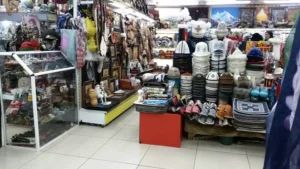
Having fallen in love with the local culture, you are bound to want to take something tangible home to show your friends and family who likely know next to nothing of this small but incredible country. The fourth floor of TsUM and the second floor of Beta Stores at Chui 150 have convenient, if expensive souvenirs. Head to Osh Bazaar for best prices and selection.
Shopping Reviews
Osh Bazaar (as a cultural experience)
By Nick Cappuccino
Today I decided that I needed to experience something that I have long wanted to. Today I decided to go to my first real bazaar in Central Asia, and frankly, in the entire world. As a little boy, like anyone else, I had musings of traveling to the orient, filled with far-away people speaking strange languages, hustling and bustling, selling, bartering and buying anything they could. I imagined this electricity in the air and constant movement. In essence I pictured a bazaar to be the beating heart of any South/Central/West Asian city. The bazaar I went to is called Ош Базары in Kyrgyz and Ошский Базар in Russian. It also does not have a proper street address. This is not so uncommon in Kyrgyzstan and most of the locals do not find this strange. Certainly any cab driver will know exactly what you mean if you just tell him you want to go to Ош Базары.
It’s about 3 km west of city center on пр. Чуй and most stalls open from sun up to sun down.
On the cab ride over to the Ош Базары/Ошский Базар (Osh Bazaar), it would be dishonest to say I wasn’t at least slightly worried that it wouldn’t be all I pictured as the romanticized oriental bazaar from my childhood dreams. My worries were all short-lived, because everything I saw superseded my expectations.
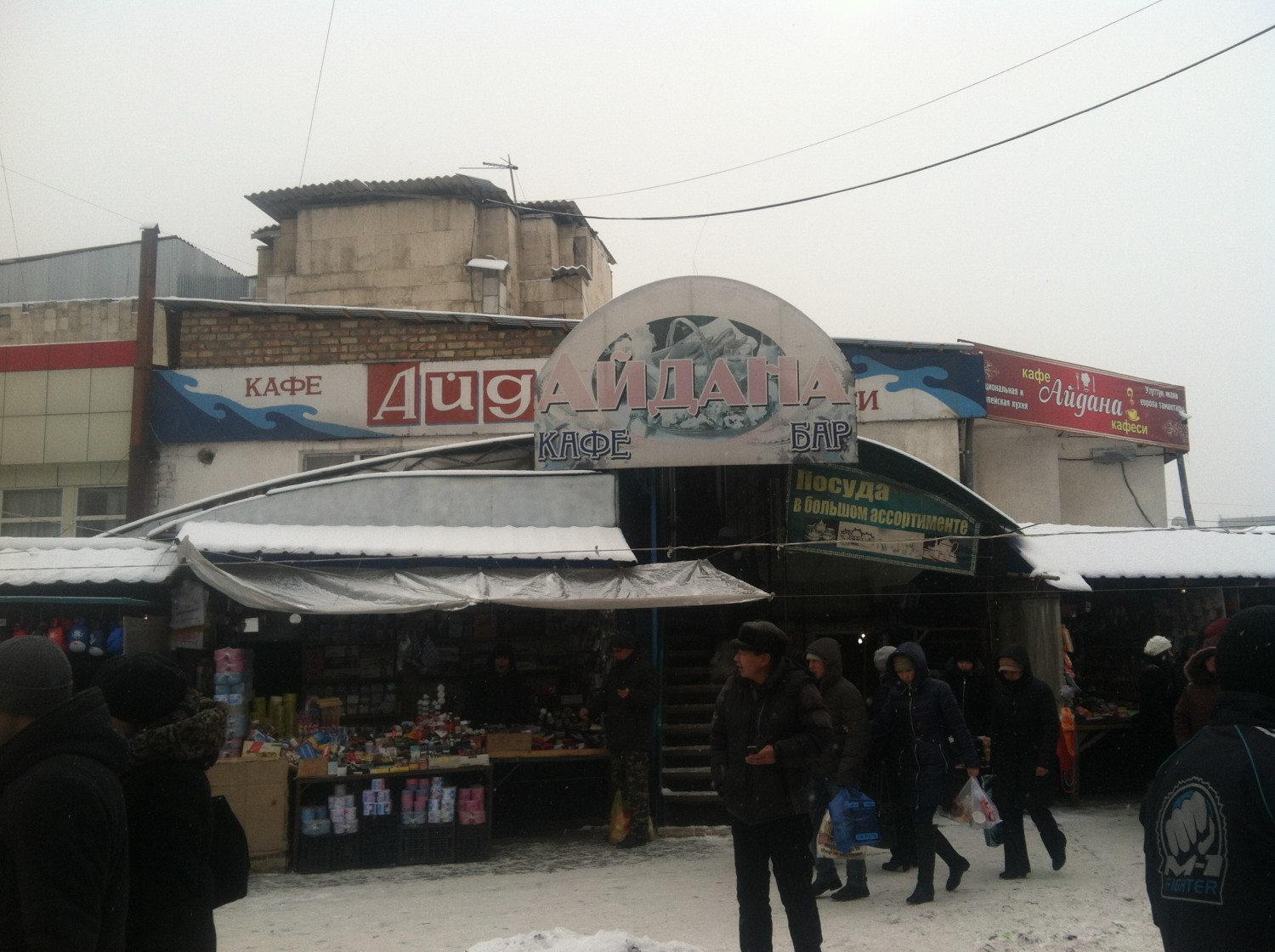
I left the dorms at around one, and snow was falling from the sky. There was a slight breeze that caused the snow to fall diagonally, which for some reason added to the theatricality and excitement I felt. I hopped a cab right outside school and told him where I wanted to go. The cabbie and myself both agreed on an even 200 som ($3.93) for the price to get me there. After a quick ride over, I noticed the closer and closer we got to the bazaar, the more and more people I was seeing. I was excited. I paid the fare, hopped out and headed toward the bazaar. The first thing I immediately noticed was the temperature. While it was a brisk 5 degrees Fahrenheit today in Bishkek (nothing a Buffalo boy like me can’t handle) I noticed that even though the market space was mostly outdoors, it got warmer and warmer as I got deeper into the bazaar. It was probably due to the narrow corridors, abundance of people, and fires everywhere that created a “heat bowl”, so to speak.
There was everything here, and it was everything that I imagined. From traditional Uzbek clothing, to traditional Kyrgyz rugs, to Kyrgyz military surplus gear, to power tools, to a seemingly endless emporium of dried fruits and foods where everyone was trying to get you to buy what they were selling. And this was only in the first few minutes of me being there. These people are tough, and I love that. There are elderly women who work selling items at the bazaar and probably stand outside all day in the weather, even if it is 5 degrees or slightly warmer. It is an entirely fast-paced experience. People are constantly pushing past you trying to get where they need to get to.
This was not grocery shopping as we imagine it in the West, where we go to an immaculate super market, with relaxing music playing, where we have ample amounts of personal space and everything we purchase is wrapped in some sort of sterile container. Not in the slightest. This is way more fun. There is a constant struggle inside the bazaar. Heck, I felt like I was in a competition just walking through there, and I loved it.
I would love to be able to explain how to find your way inside the bazaar, but truth be told I mostly just wandered, and I don’t think I could have found direction in there if I tried. It is a labyrinth of narrow corridors and walkways, each with different sections that had their own sections within them that fanned out like the delta of a river, which led into other sections and corridors of their own. At one point, when I was looking for a place to buy Kyrgyz rugs, I stumbled into the section with women’s clothes. I felt slightly out of place, so I started walking quicker than I would normally, being the only male there. I ended up in a large section for women’s underwear and lingerie, and I was the only male there, and I was getting some funny looks. I decided to just head back the way I came with my tail between my legs. Eventually finding the area with rugs, kalpaks, and all other sorts of traditional Kyrgyz goods, I bought myself a nice little set of two rugs, together 1000 som ($19.63) and tried to find the way out. After I realized finding direction was futile, I decided to just pick a direction and walk straight until I found an exit. This worked.
After hopping another cab with a friendly cabbie named Osman, I studied the nice little rugs I bought. In all honesty, I felt like a kid again. I felt like Marco Polo or some explorer who decided to go and spend time in the orient. Today was a good day.
Osh Bazaar (for souvenirs)
By Daphne Letherer
There are two major bazaars in Bishkek, Osh and Dordoi. Both are to the north, but Dordoi is farther from the London School (though also much larger). I never made it to Dordoi in my time in Bishkek, but Osh has everything you need when looking for souvenirs. It’s easy to get to Osh — just wait for one of the many marshrutkas that advertise Osh as one of their destinations. It’s about a 20-30 minute journey from the London School, and you can keep track of where you are with the handy 2GIS app. Osh Bazaar is huge and overwhelming, and you’ll know when you’ve arrived. Stands with bread and other food, covered by umbrellas, line the street. You have to walk past fruit and clothing stands to find the aisles with souvenirs. Everything in Osh is loosely clustered by the type of item (food, clothes, home improvement items, military gear, etc). Many souvenir stands are together, but their clusters are spread across many aisles.
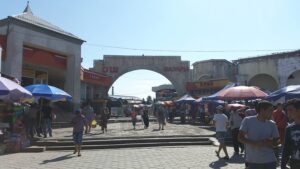
Besides the sheer number of gifts to peruse, another benefit to Osh is the option to haggle. Now, I can’t give good tips on negotiating prices because I was far to passive to do anything beyond question the prices of of several items, but other students on my trip successfully haggled the prices of hats and slippers. Negotiating down the price of an 80 som keychain probably isn’t worth it and won’t be terribly successful, but if you’re buying pricier items or purchasing in bulk, you can haggle by offering prices back and forth.
Keep in mind that not all stands are open on all days – and seem to keep their own schedules. I went back on a Monday to finish up buying gifts, and only one stand with souvenirs was open. So if you want to explore everything that Osh has to offer, it’s better to be done on the weekend when all of the stalls are open. You’ll have to brave throngs of people, but if your mission is to find perfect Kyrgyz keepsakes, it’s worth fighting through the people. Plus, you get to experience what it’s like to shop at a Kyrgyz bazaar, where you see residents of Bishkek shopping for their everyday needs.
Tsum (for souvenirs)
By Daphne Letherer
I stumbled across the top floor of Tsum by pure chance. My friend and I decided to shop around Tsum because we were in the area, and we found that the entire top floor is dedicated to souvenirs. Tsum is easier to get to than Osh and far more relaxed, but everything is generally more expensive. However, it is abandoned compared to Osh, so if crowds aren’t amoung your favorite things, Tsum might be a good alternative. Like at Osh, the stands in Tsum have an abundance of keychains, magnets, and other yurt-themed curios. The women working the stands will often pick up something and point out that it is in the shape of or sports a yurt. Things like keychains and magnets can be purchased for Osh-comparable prices at Tsum, though there aren’t quite as many options. Anything that is made of felt can be purchased for less at Osh, such as boxes, hats, or slippers.
Tsum has a couple stands of Soviet things. Where Osh mostly has Soviet military gear, Tsum has everything from pins to artwork to household items. If you’re interested in finding cool Soviet gear, Tsum is worth a visit. I purchased a Soviet pin for Bishkek for just 200 som ($2.85). At these stands, you can also find interesting things like work from modern artists. Small line art or watercolor drawings can be bought for 400-600 som ($5.70-8.50).
Regardless of where you end up going for souvenirs in Bishkek, there are plenty of small, affordable keepsakes. However, there isn’t much for kids. I ended up giving my younger cousins leftover som, and most of my relatives received a magnet. But I still had fun going around the city and sifting through the stands that were chock full of colorful mementos.
Dordoi Bazaar (clothing)
By Stephen Foley
Dordoi Bazaar is a sprawling complex of mostly clothing and textile sellers working under a massive metal roof perched upon walls made of old shipping containers. Located about 8 kilometers north of the city center, Dordoi is a bit out of the way. However, for a truly local experience and some of the best prices on clothing, it is a recommended outing.
Dordoi can be reached by taxi, will take about 20-30 minutes from London School depending on the time of day and how much traffic there is. The bazaar can also be reached via bus or marshrutka. Our taxi fare was around 250 som (~$4), but a marshrutka can take you there for only 15 som from the city center.
On a sunny Monday morning, I and few friends caught a taxi to the massive bazaar, considered the largest in Central Asia, where we could walk around and explore and maybe even find some cool souvenirs.
You will know when you arrive as the traffic intensifies in the immediate areas surrounding the bazaar. Our taxi driver told us it would be faster if we simply got out and walked as we reached its busy outskirts. He was right. We exited the taxi and walked around 100 meters to an entrance to the bazaar. There are entrances to the bazaar on all sides, so it doesn’t really matter which direction you approach it.
Walking into the bazaar you will immediately see rows and rows of stacked containers for as far as the eye can see. Most of the containers are double stacked with storage on the top and a small booth selling items below. The containers are masterfully stacked in a wondrous configuration and connected with a metal roof overhead that protects you from the elements. It is truly a one of a kind experience.
In terms of finding things around the bazaar, I did not have any ideas as to where to start so I simply started walking. The Dordoi Bazaar serves as a distribution hub for many other bazaars throughout Kyrgyzstan, the rest of Central Asia, and beyond. Goods are often sent here and then resold at wholesale and carried out again. I walked for an hour and was able to find all sorts of different kinds of clothes, from traditional Kyrygz attire to western suit coats. Dordoi has a full selection of clothes, jeans, t-shirts, shoes of all kinds, socks, and accessories ranging from belts and bags to basic jewelry.
Some areas are packed with people and carts moving en masse, people buying and selling, and even kids playing. Other parts of the bazaar are nearly silent and occupied by only single shop vendors and their wares. There are also food carts sporadically making their way through the crowd as well as drink vendors. As a word of advice, I received word from some of the locals before-hand to avoid eating at Dordoi because it does not have great sanitation facilities. The bazaar is great for clothing, but only eat there if you have a mighty strong stomach.
In the parts of the bazaar that are busy, you will often notice people with giant carts often packed to the brim with goods. As they navigate the aisles, they will whistle and yell “doroga, doroga,” which literally means “road, road” in Russian, but indicates that they want you to make way for them. It is also possible to practice your Russian by negotiating with the vendors – this is often expected.
The Dordoi Bazaar is a great place to visit because it is something you can really only experience in person. The bazaar comes alive with people in what feels like a never ending maze of stacked containers and clothing. It is easy to get lost and is fun to explore. However, other than clothing, accessories, and textile supplies, there is not much else at Dordoi, so don’t come looking for fresh produce or really anything else. I left the bazaar with a really cool experience but no physical souvenirs because I was not in the market for clothes at the time, but Dordoi would make a great place to find a extra sweater, pair of jeans, or even a new belt if you find the need for one while in Bishkek!
The bazaar is open 6 am to 4 pm, 7 days a week.
Orto-Sai Bazaar (food and general needs)
By Stephen Foley
Orto-Sai Bazaar is one of Bishek’s smaller and less-crowded bazaars, making it a great choice for those who want to shop without having to bump, jostle, and crash into locals! Just two miles south of the city center, the Orto-Sai bazaar is well known by locals for being one of the best bazaars to buy fresh ingredients from, especially sour cream, melons, and berries. It also has a wonderful weekend flea-market with great antiques, souvenirs, and especially books!
The bazaar has two parts, each with its own schedule. The central part is open 8 AM to 8 PM all week. Just inside the entrance, you’ll find everything from school clothes to full tool sets and everything in-between. A little further and you’ll find vegetables, spices, fish, meats, juices, tea, as well as the famous fresh baked bread that is so common throughout Bishkek.
While the central part is made up of open-air structures coalesced around buildings and storage containers converted into mini booths, on Saturday and Sundays starting at 7 AM and peaking around noon, the bazaar expands with a larger flea-market where you can find a wonderful collection of antiques, books, collectors’ items, cooking sets, Soviet era pins and money, hats and used clothing, and more. This part of the bazaar is located on the sidewalks just outside of the central bazaar and is formed when locals lay out a blanket and put whatever they are willing to sell on top of it, set out a chair or squat and wait.
When I last visited on a weekend, I bought a children’s fairy tales book in Russian to practice my reading, but just next to it was an Italian history book, in Italian, from the 1960’s! They have books in all different languages about all sorts of things. It really makes you wonder how these things ended up here.
Remember to barter at Orto-Sai bazaar! Especially with clothing from the central part of the bazaar, a good rule of thumb is to look at the price and offer half. They intentionally price things higher expecting people to negotiate and bargain them down. Because they are expected, the negotiations are not stressful, and I’ve not experienced high-pressure sales techniques. Rather, most of the time they are fun, and you can always say no thanks and walk away with no problems.
Bartering for the antiques on weekends can be a little more stressful, but is doubly necessary. Here, you want to pay a fair price but if they notice you are a foreigner, some of the vendors will ask for prices far above the value and drive a hard bargain. Around you will be more hustle and bustle than usual and may take place on a busy sidewalk. Use common sense as there are no hard and fast rules for antiques, but know that the first offer will almost always be on the high end.
For food, the prices are not very high so bargaining here is not done as often. However, they will often let you sample their products happily to make sure you are getting what you want. Perhaps most challenging is finding the right volume, as you will often need to ask for a certain number of grams for the seller to put in the bag. This is not something that most Americans are used to. However, you can usually ask for a bag to fill yourself if you prefer.
The Orto-Sai bazaar should be one of the first bazaars you visit during your time in Bishkek as it has so much to offer and help you get settled with common things that you might need. The people are friendly and helpful, it is great to explore, and offers a unique insight into bazaar culture and local life.
A trip to Orto-Sai bazaar can be a quick stop for ingredients or a spare part, or it can be made into a half-day long souvenir-hunting adventure that won’t disappoint. Visiting on the weekends is a must but visiting during the week can be just as fun. When your day at the bazaar is all finished up, there are a variety of nearby different places to visit – from a movie theater, laser-tag, bowling complex, to great cafés and restaurants.
To get there, you can take a cab, bus, or marshutka, and be there in under 25 minutes when coming from one of the central districts. Most taxis will only take around 10 minutes from London School and will cost around $2-3.
Dordoi Plaza (w/ Chinese Cultural Event)
Dordoi Plaza opened in Bishkek about a year ago. It’s a shopping mall cousin to Dordoi Bazaar, which is Central Asia’s largest bazaar and owned by the same Kyrgyz company.
Bishkek has seen several new malls opened in the past couple of years. Dordoi Plaza is the newest of them all and is located in Bishkek’s north-east corner. As a new mall, it has attracted quite a crowd.
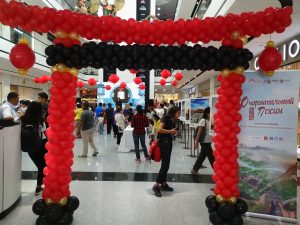
Also increasingly common in Kyrgyzstan and across Eurasia are events that showcase Chinese culture. As Chinese investment has spread, China has also invested in cultural diplomacy and often supports such events.
On Sunday, September 22, I was at Dordoi while a “Charming Beijing” event was held. This is the official tourism campaign currently being organized by Beijing’s city government. The event was held in the mall’s center and was visible as soon as you entered the mall.
The event was highly interactive and included several giveaways. Giving away free items is something that we see much more of in the US. It’s much rarer in Central Asia and other parts of the world in general. In part, that is probably what made this event so successful. It was busy the entire time I was at the mall, which was over the course of a few hours.
For instance, after entering through Chinese-style red arches, the first table had a bunch of goodie bags with “Charming Beijing” written on them. They were going quickly. Therefore, I didn’t think I would receive one.
Other tables were set up with stations where you could design and paint your own lantern, paint a Chinese character using stencils, and try on traditional Chinese outfits. While people were checking out these activities, an event host was making announcements from a stage at the front of the event. He introduced each new performer and raffled off prizes. Performances included singers singing in Russian, Kyrgyz, and Chinese.
There were also informational posters lining the event space’s perimeters. These showed famous Beijing landmarks and information about them.
At some point I decided that I really wanted a picture in traditional Chinese clothing. Some of the people running the event helped me to properly put on the outfit and headpiece. One of the event staff then came to photograph me. I was instructed as to how to pose and he said the only condition was that I smile widely.
After trying this on, I spoke to another event worker who had one of the Charming Beijing bags hanging from her shoulder. I inquired as to what the bag’s contents were. She was would give me a bag if I told her what I liked most about the event. I liked that it was a cultural event and I thought that trying on the traditional Chinese outfit was the best part.
She gave me the bag and I inspected its contents, which turned out to be tourism pamphlets. Interestingly, half were in Russian, and the other half in English. A Russian pamphlet covered places to visit in Beijing, including a subway map and routes to visit them. Another explained how to get a VAT tax refund after shopping in Beijing. The English pamphlets included sites inside and outside of Beijing. Another covered medical tourism for Chinese traditional medicine. The last told about religious sites and popular tourist attractions.
Although I had never considered going to Beijing as a tourist before, this event did make me much more interested in traveling to Beijing to explore its culture and historical sites. The event was an interesting use of cultural diplomacy as there are currently movements against Chinese investment into Kyrgyzstan and issues with China’s “re-education” of Uighur Muslims. Kyrgyzstan also has a population of Uighur Muslim and is itself a majority-Muslim nation. Despite these geopolitical tensions, however, the local Kyrgyz in mall seemed to be enjoying the well-organized, eye-catching, and very friendly cultural event.
More About Living in Bishkek
This resource is part of the much larger SRAS Guide to Living in Bishkek.

